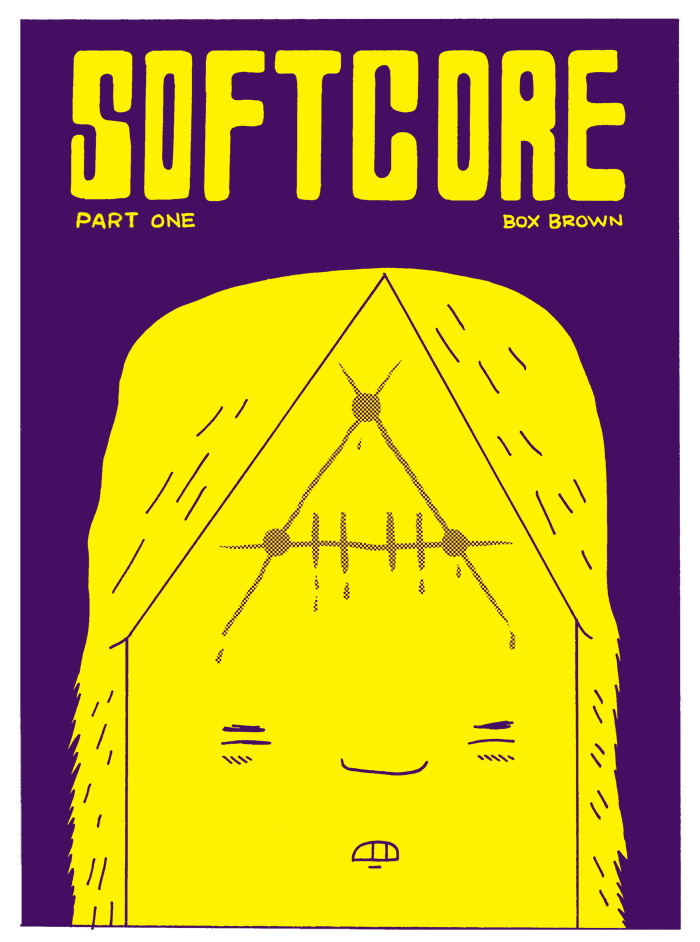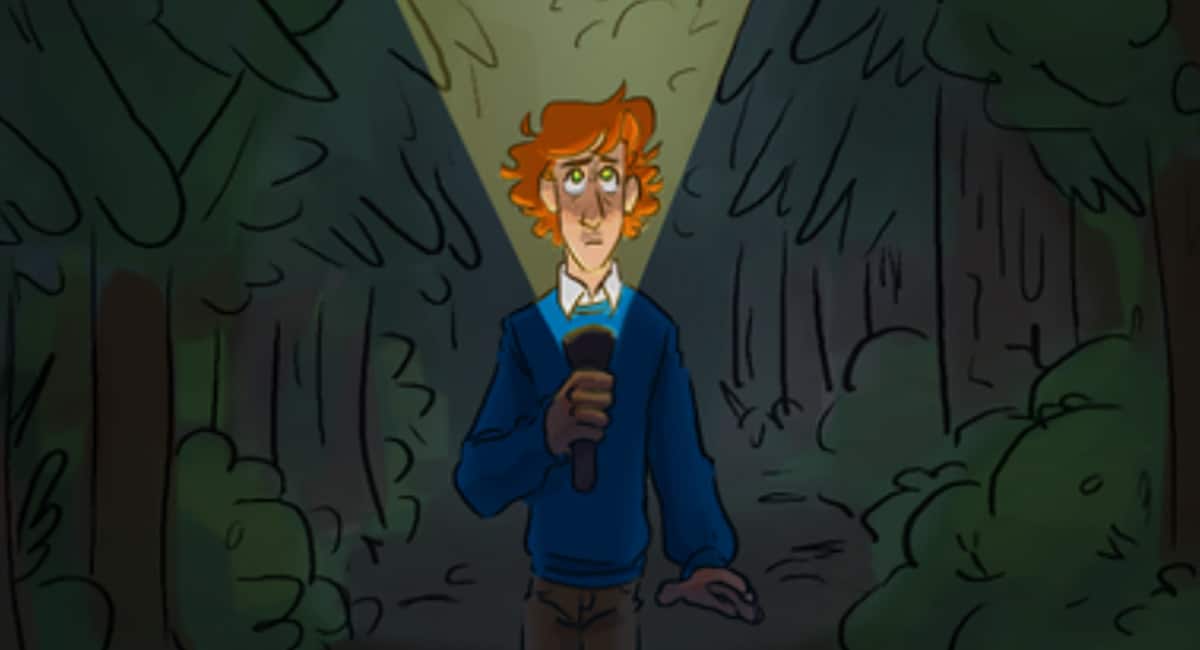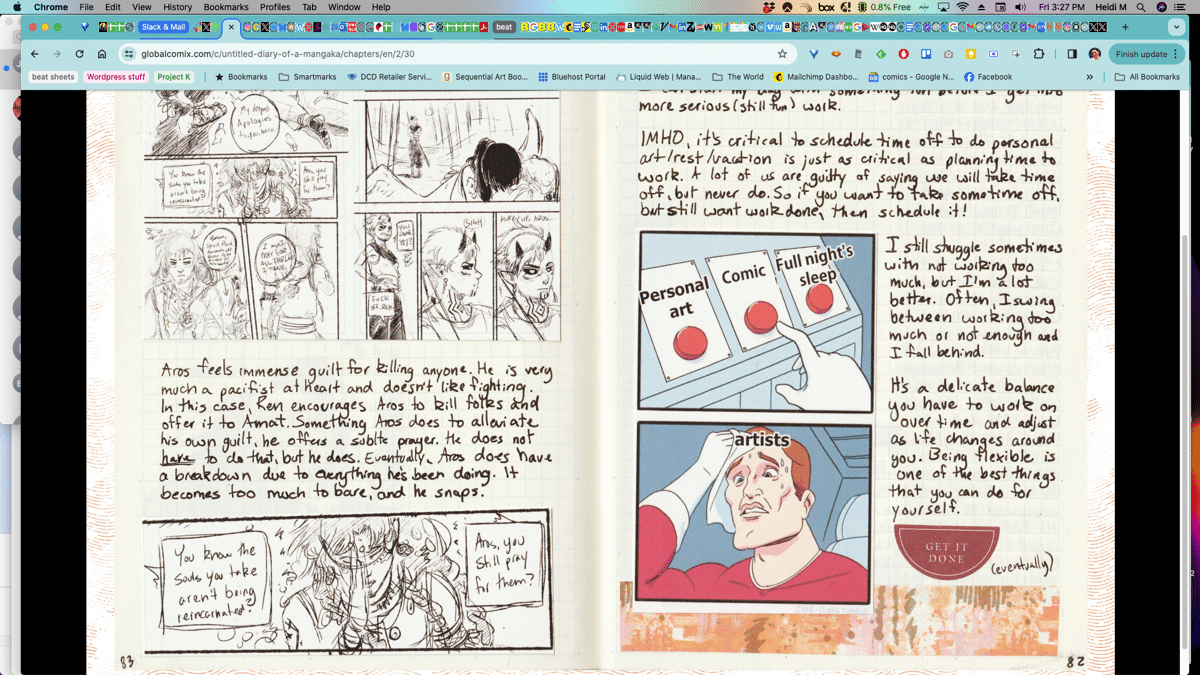by Stephen Harrick
Box Brown’s modus operandi as a cartoonist is to scrutinize aspects of popular culture and unearth their messy and unsanitized realities without judgment. His takes on Andre the Giant and the making and selling of Tetris demonstrate that he is adept at revealing the intricacies of those things that we thoughtlessly consume. It stands to reason, then, that Box Brown would turn his gaze toward another aspect of pop culture: internet pornography with his Study Group comics Softcore.
In each of the four different parts to the story, Brown shines a light on different participants in the industry: a Russian immigrant who earns her living appearing on-camera; a first-time performer who is as excited about having sex as he is in making money; a budding artist who appears in videos and models to make ends meet; and a man who writes codes for a pornographic website, and who occasionally records and posts his own videos.* Each character enters this manufactured world as a way of fleeing some unpleasant real-life challenges, from family tensions to a deep sense of loneliness. All of these stories intertwine in subtle and seamless ways. Brown’s mastery of the medium is evident in these comics, using tight and wide shots from various angles of the proverbial camera. The script is amusing, if a bit melancholy at times. Though that seems part of the point.
Brown’s next major project, a biography of Andy Kaufman, is scheduled for a February 2018 release from First Second. If it bares all in a way similar to Softcore, it should make for another contribution to Box Brown’s unstated goal of excavating the multifarious aspects of Western popular culture.
*It probably need not be stated that Softcore is NSFW, with nudity, drug use, and coarse language.











“Brown’s mastery of the medium is evident in these comics,”
Ugh. Am I the only one tired of seeing graphic designers trying to make comics?
The cartooning is so sterile I’m led to believe that the artists has contempt for the
very medium. he has chosen. Why did he choose comics as a medium for expression
when he could make more money doing something else that takes better advantage of
his designing skills?
Like Box Brown, Chris Ware would make an excellent graphic designer but he’s a lousy cartoonist and a lousy (comic) artist. And no, it’s not cool to not know how to draw and by draw, I don’t mean draw realistically.
Whatever Box Brown is doing…it’s not cartooning,
Whatever Box Brown is doing…it’s not drawing,
Whatever Box Brown is doing is not comic book storytelling.
Whatever Box Brown is doing seem to be a series of vignettes
put together on one page. that don’t relate to each other very well.
What is he trying to convey here, aside that he’s Too Cool For School?
I’m aware that there is a plot but that navel–gazing aspect of the…. visual displays…I wouldn’t call these diagrams “art” is going to obfuscate the story.
Comments are closed.